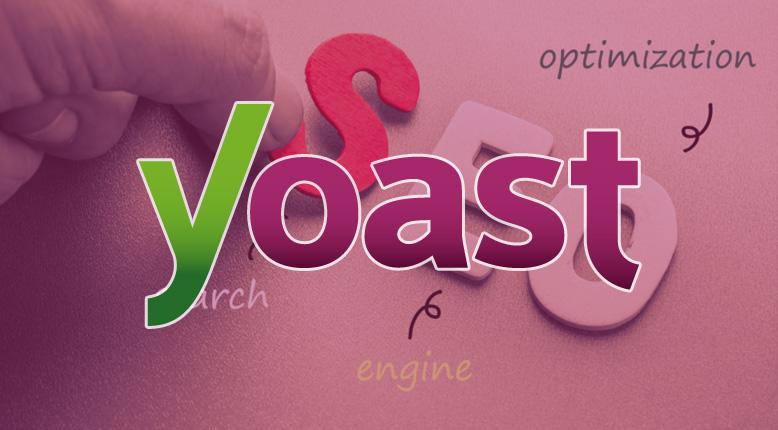News Courtesy of Yoast.com:
Sometimes I encounter new “SEO hacks” that people apply, that are actually anti-patterns. One of these new anti-patterns I noticed is the pattern of 301 redirecting all your 404 pages to your homepage. Let me explain why this is a lot like cleaning up your room by throwing everything into a drawer and what the better solution would be.
The premise of this SEO hack
The premise of this hack is that 404 errors are counted by Google, and that through some magic the number of errors on your site affects your site’s overall ability to rank. The solution, that really isn’t a solution, that people come up with is then to start 301 redirecting all error pages to their homepage.
I used to get requests from clients to redirect all non-existent/broken pages to the home page. This was especially common for redesigns of websites where garbage pages created by other agencies were unwanted. The rationale is that if someone comes across one of these abandoned pages via search results, the home page would be a better welcome/entrance than a 404 page.
The problem with this is that people are looking for a specific thing and redirecting to the home page does nothing to solve that. 404’s were created for a reason, therefore, avoiding them entirely is less than ideal. The best thing to do is to determine what page(s) visitors are trying to access and then act accordingly.
For instance, if you have a pet product website and removed an entire section on birds. You should request a URL removal for that section so that it is no longer visible in the search engines. Doing a mass redirect of 404’s to the homepage is the lazy way of solving such a problem. What you might not realize is that all of these redirects could lead to higher bounce rates which are bad for SEO.
Using Google Analytics and Search Console, you can determine what dead URLS are causing the most problems. From there, a decision should be made whether to redirect those visitors to an appropriate page or request a URL removal via the Search Console. Even if you don’t offer a service or product anymore, a well-placed message (or referral) can lead to happier visitors. And happier visitors is better for your brand!



